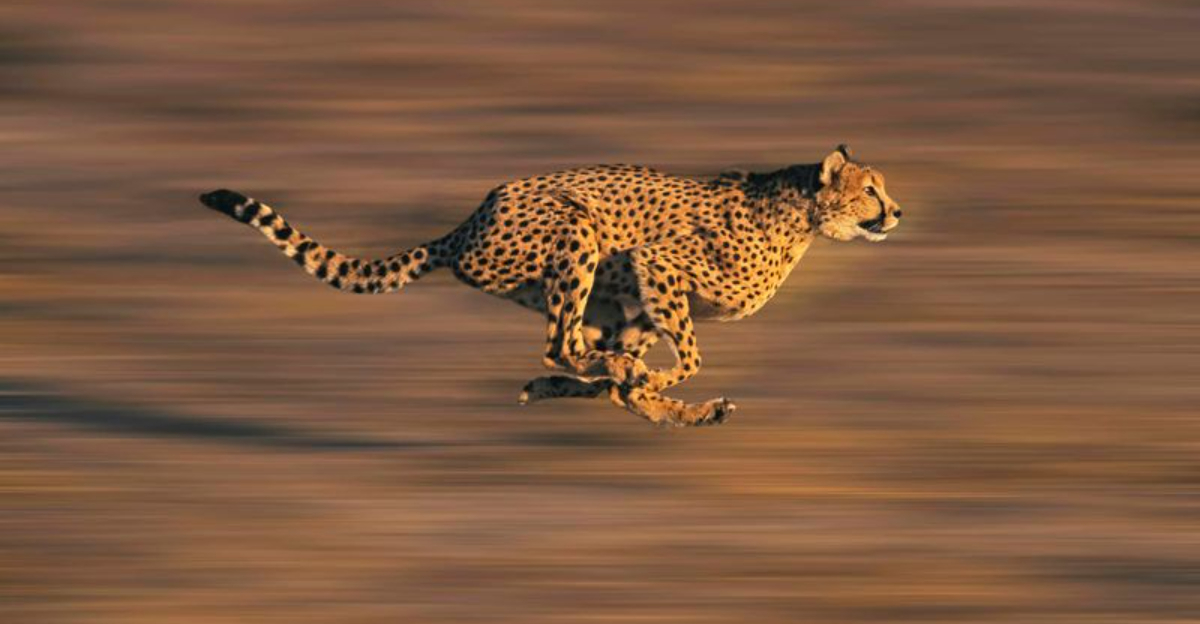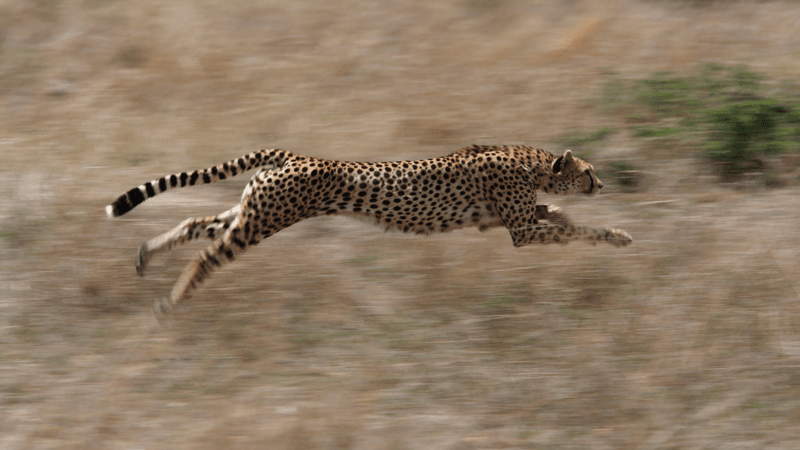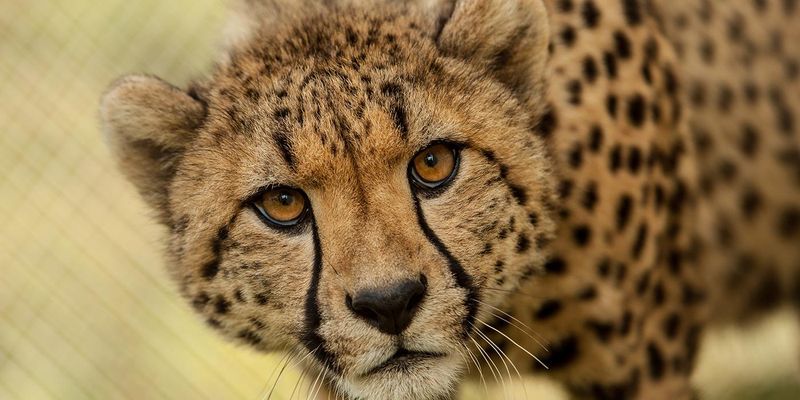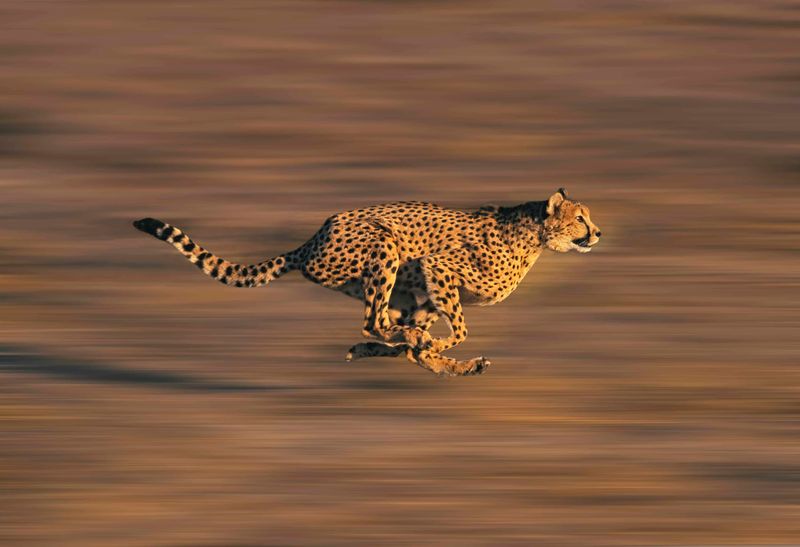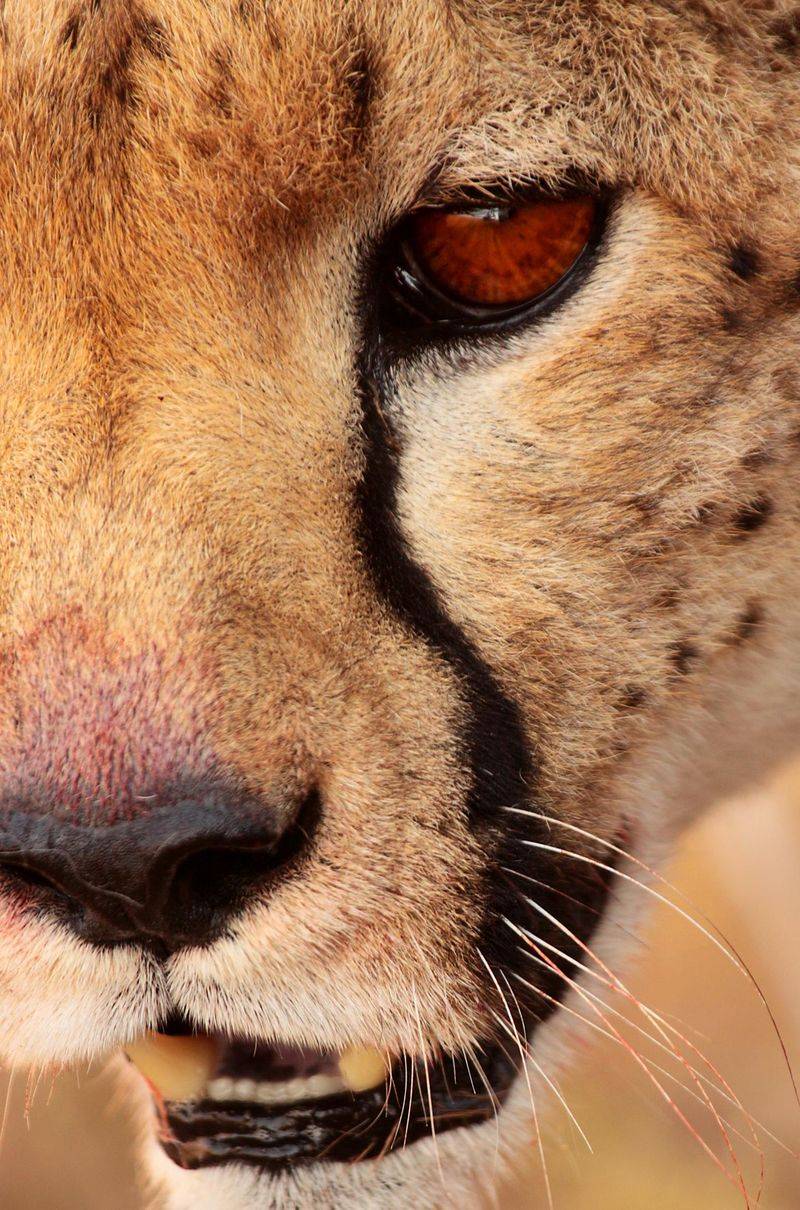📖 Table of Content:
Cheetahs thrive in the open savannahs of Africa with a mix of physical, sensory, and behavioral adaptations that make them the ultimate predators. From their streamlined body structure to their acute vision, every aspect of a cheetah’s anatomy and lifestyle has evolved to ensure survival in this demanding environment. Explore these adaptations that allow cheetahs to hunt efficiently and evade threats in their natural habitat.
1. Streamlined Body Structure
With legs that seem to stretch forever, cheetahs are the sprinters of the animal kingdom. Their light, slender bodies paired with a flexible spine make them perfect for high-speed chases. This design not only minimizes air resistance but also contributes to rapid acceleration. As the fastest land animals, they reach speeds up to 60 mph within seconds. Their aerodynamic body is a marvel of nature, built primarily for bursts of speed rather than endurance.
2. Enhanced Respiratory and Cardiovascular Systems
Imagine running a marathon with lungs built for speed. Cheetahs possess enlarged hearts and lungs, allowing rapid oxygen intake and blood circulation during sprints. Their nostrils, wide and prominent, play a crucial role in their hunting prowess. This system supports the intense exertion required for their brief but powerful chases, ensuring they do not tire before catching their prey. This physical adaptation is essential for survival, making every sprint a calculated burst of energy.
3. Semi-Retractable Claws
Feel the ground beneath with paws designed for grip. Cheetahs’ semi-retractable claws act like cleats, providing the traction needed for their explosive speed. Unlike their feline cousins, these claws remain visible, aiding in swift directional changes. The hard ridges on their padded paws further enhance their grip, especially during high-speed pursuits across the rugged savannah terrain. This unique adaptation enables the cheetah to maintain balance and agility, making each chase a precise dance with destiny.
4. Tail as a Rudder
In the ballet of the hunt, a cheetah’s tail is its guide. Long and muscular, it acts like a rudder, providing balance and steering during rapid, sharp turns. As the cheetah weaves and darts after nimble prey, its tail helps maintain stability. This adaptation is crucial for not only pursuit but also agility in the unpredictable savannah. The tail’s role in coordination reflects the evolutionary ingenuity that allows cheetahs to thrive as efficient predators.
5. Keen Vision
See the world through a predator’s eyes. Cheetahs boast exceptionally keen eyesight, crucial for identifying prey from great distances. Their large, forward-facing eyes are optimized for daylight hunting, offering a wide field of vision necessary in the expansive savannah. This visual acuity helps them zero in on targets amidst the golden grasses. Such remarkable vision is a testament to their role as daytime hunters, providing a perfect blend of clarity and focus.
6. Camouflaged Coat
Nature’s artistry is evident in the cheetah’s coat. Their tawny fur, speckled with black spots, serves as an effective camouflage against the backdrop of the savannah. This disguise is essential for stalking prey, allowing cheetahs to approach without detection. Each spot pattern is unique, providing both identity and cover. This adaptation is vital for survival, facilitating stealthy approaches in an open environment where every advantage counts. The beauty and function of their coat are truly unparalleled.
7. Tear Marks
The iconic tear marks of cheetahs are more than just a fashion statement. These dark lines run from the inner corners of their eyes down to the sides of their mouths, reducing glare from the sun. This adaptation enhances their ability to focus on prey during the bright daylight hours typical of the savannah. The tear marks function like natural sunglasses, highlighting the cheetah’s reliance on vision over other senses during hunts.
